Company Cyber Security Posture
NANA
NA Company Details
NA
NA
NA
NA
NA
NA
Scan still pending
NA
NA
Between 200 and 800
This score is AI-generated and less favored by cyber insurers, who prefer the TPRM score.
 NA Global Score
NA Global Score.png)

Company Scoring based on AI Models
| Model Name | Date | Description | Current Score Difference | Score |
|---|---|---|---|---|
| AVERAGE-Industry | 03-12-2025 | This score represents the average cybersecurity rating of companies already scanned within the same industry. It provides a benchmark to compare an individual company's security posture against its industry peers. | N/A | Between 200 and 800 |
Company Cyber Security News & History
| Entity | Type | Severity | Impact | Seen | Url ID | Details | View |
|---|
Company Subsidiaries

NA
Access Data Using Our API

Get company history
.png)
NA Cyber Security News
Production of Czech flagship automobile Škoda Superb will move to Slovakia
The Škoda Superb, a large family car now in its third generation, has been produced by Škoda Auto since 2001. Last year, Škoda Auto delivered ...

NA Similar Companies
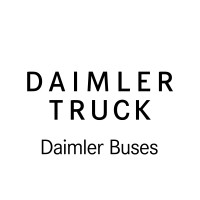
Daimler Buses GmbH
Daimler Buses GmbH is Daimler Truck AG's largest European subsidiary. With our brands Mercedes-Benz, Setra, OMNIplus and BusStore, we are the leading full-line provider in the European bus market and have a global presence, as well. We have continued to develop and have positioned ourselves viably f
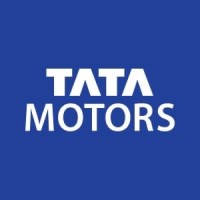
Tata Motors
Tata Motors Group (Tata Motors) is a leading global automobile manufacturing company. Its diverse portfolio includes an extensive range of cars, sports utility vehicles, trucks, buses and defence vehicles. The Tata Motors Group’s over 80,000 employees are guided by the mission “to innovate mobility
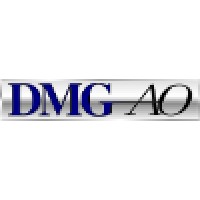
Dewan Mushtaq Group
Dewan Mushtaq Group is one of the most prominent and reputed industrial groups in Pakistan. Dewan enjoys the absolute confidence of the general public, local and foreign capital markets, financial institutions and the Government. The history of Dewan Mushtaq Group goes way back to the year 1916.I
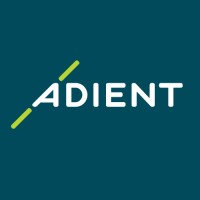
Adient
Adient (NYSE: ADNT) is a global leader in automotive seating. With 70,000+ employees in 29 countries, Adient operates more than 200 manufacturing/assembly plants worldwide. We produce and deliver automotive seating for all major OEMs. From complete seating systems to individual foam, trim and metal

Marcopolo S.A.
A Marcopolo S.A é uma empresa brasileira fundada em 1949 que participa ativamente no desenvolvimento de soluções para a mobilidade nos principais mercados mundiais. Atualmente com 11 unidades fabris no exterior, é composta por empresas dedicadas à fabricação de ônibus, micro-ônibus e peças, soluções
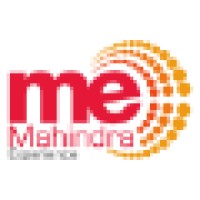
Mahindra and Mahindra Limited [Automotive and Farm Equipment Business]
A USD 19.4 billion multinational group based in Mumbai, India, Mahindra provides employment opportunities to over 256,000 people across 100 countries. Mahindra operates in the key industries that drive economic growth, enjoying a leadership position in tractors, utility vehicles, information technol

Frequently Asked Questions
Explore insights on cybersecurity incidents, risk posture, and Rankiteo's assessments.
NA CyberSecurity History Information
How many cyber incidents has NA faced?
Total Incidents: According to Rankiteo, NA has faced 0 incidents in the past.
What types of cybersecurity incidents have occurred at NA?
Incident Types: The types of cybersecurity incidents that have occurred include .
Additional Questions
What Do We Measure?
















Every week, Rankiteo analyzes billions of signals to give organizations a sharper, faster view of emerging risks. With deeper, more actionable intelligence at their fingertips, security teams can outpace threat actors, respond instantly to Zero-Day attacks, and dramatically shrink their risk exposure window.
These are some of the factors we use to calculate the overall score:
Identify exposed access points, detect misconfigured SSL certificates, and uncover vulnerabilities across the network infrastructure.
Gain visibility into the software components used within an organization to detect vulnerabilities, manage risk, and ensure supply chain security.
Monitor and manage all IT assets and their configurations to ensure accurate, real-time visibility across the company's technology environment.
Leverage real-time insights on active threats, malware campaigns, and emerging vulnerabilities to proactively defend against evolving cyberattacks.




